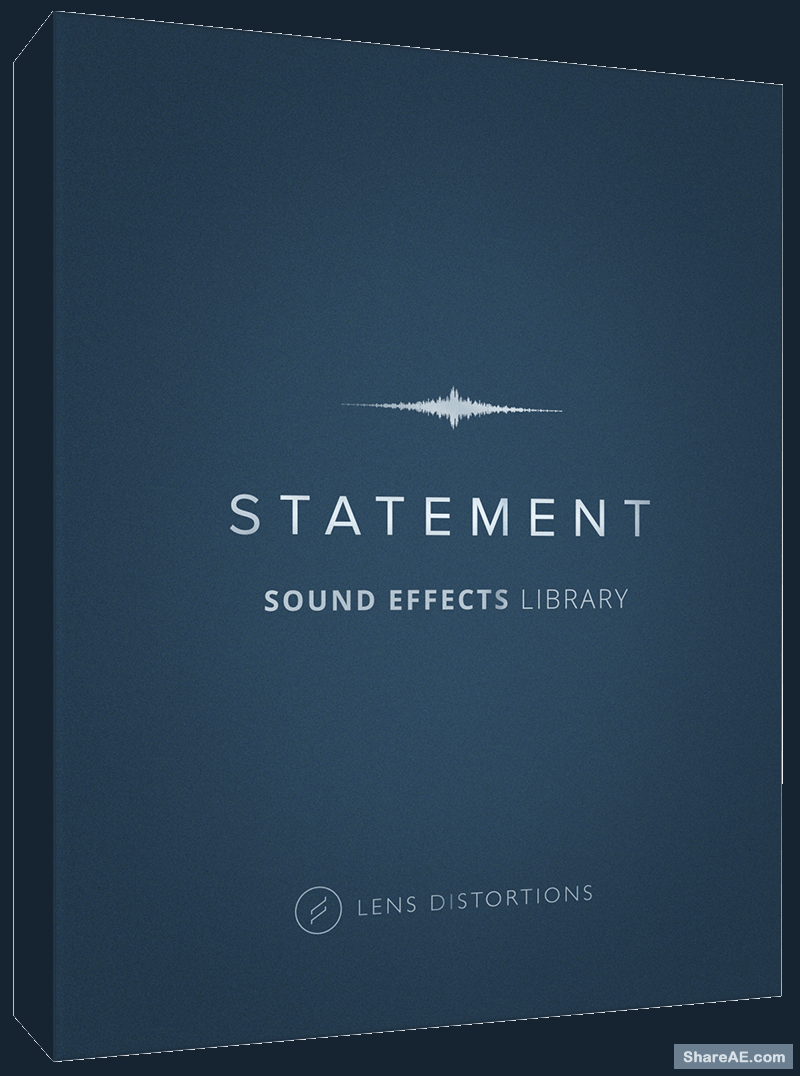

This effect is often subtle until you take a photo of something light-coloured. Vignetting is when the edges of the image are darker than the centre.

That’s why a $900 35mm lens will (most of the time) have less distortion than a $200 lens.īarrel distortion, pincushion distortion and perspective distortion are some of the most obvious lens problems.īut the way lenses work can create other problems too. It also improves other types of distortion like chromatic aberration. This helps fight some of those distorted effects. The longer the focal length, the greater the odds you’ll see pincushion distortion.Ĭamera lenses are made from more than one glass piece. A fisheye lens is a speciality lens that’s so wide, the barrel distortion makes the image look almost circular. But the more extreme the focal length, the more extreme the distortion photography. But the technology has a long way to go before we’ll see a flat interchangeable lens for a mirrorless or DSLR. Flat, distortion-free lenses may be possible in the future. Researchers are experimenting with ways to make flat lenses to get rid of that distortion. The magnification of the lens is greatest at the center, so the edges of the photo can appear to bend in, rather than out.īoth barrel distortion and pincushion distortion is due to the curved shape of the lens. Telephoto lenses have the opposite problem, referred to as pincushion distortion. This gives lines a circular, barrel-like shape. With this distortion, straight lines will remain straight towards the center but curve out at the edges of the image. The type of distortion caused by that extreme curve of a wide-angle lens is called barrel distortion. Magnify a line at the edges and not in the center, and that line appears to curve at the edges. That difference means the objects at the edge of the frame aren’t enlarged as much as the objects in the center. But the curve also means the objects at the edge of the image are a different distance from the lens than those at the center. The curved shape allows the lens to capture a wide view of the scene. Glass from wide-angle lenses have much more spherical glass than a telephoto lens. To capture a wide field of view, that glass needs to have a more extreme curve to project onto the camera sensor. This action projects an image onto the camera sensor or a piece of film.
#Lens distortions free phto series#
The glass lens (or in most cases, a series of glass lenses inside a single camera lens) works by bending the light. The best way to understand lens distortion is to first grasp the gist of how lenses actually work. How Lenses Work And Why Distortion Happens


 0 kommentar(er)
0 kommentar(er)
